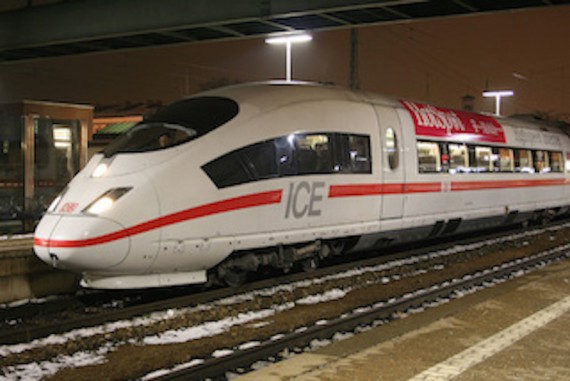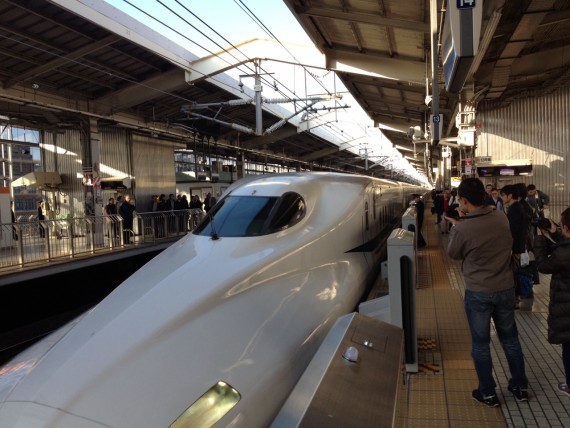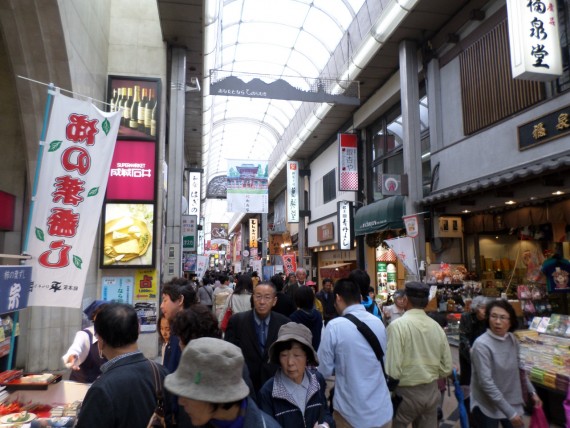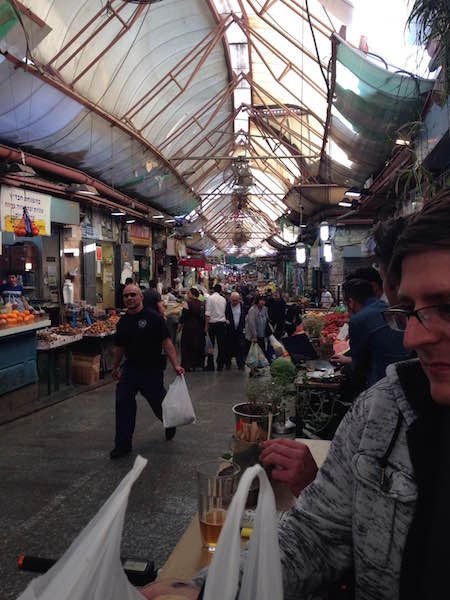Prior to the advent of jet travel during the 1960s, and the subsequent deregulation of airline pricing schemes in the 1980s, trains were a common mode of transportation in the United States. According to the Bureau of Transportation Statistics (part of the U.S. Department of Transportation), air travel accounted for 576 million passenger miles in 2012, with intercity trains, including Amtrak, accounting for only about 7 million. By comparison, in 1960, the numbers were much closer: air travel saw 31 million passenger miles, with intercity trains at 17 million — a difference that conceals the greater distances typically traveled by aircraft. But America’s clear preference for aviation is by no means shared globally. In other parts of the world — India, China, and the EU especially — train travel is extremely common, even prevalent. This week, pay attention to trains. Does your current city connect to a rail system? Do people travel by train, subway, streetcar, or commuter service? Where is the nearest station? Take a picture of the station, then comment on the role of train travel in your local community.
Ryan Hildebrandt ’17, Psychology & Japanese
Ladies and Gentlemen, here, for your viewing pleasure, is the world-famous Shinkansen (bullet train). This particular train runs between most of Japan’s major cities, and we used it to get from Tokyo to Kyoto, primarily. The Shinkansen is different from most other trains because it feels more like a flight than public transportation. You arrive at your terminal and gate with your luggage, board and depart on a strict schedule, and the ride is just as smooth as a cruising aircraft. But on a more daily scale, trains are everywhere in Japan, they’ll take you in between cities and towns and get you around once you’re in the city. From single car trams up mountainsides, to underground behemoths like the above, to your average subway systems, trains form a vital part of Japanese daily life, and they keep cities and indeed the whole country running smoothly with their legendary punctuality.
Adam Basciano ’16, International Relations
Jerusalem is a very, very hilly city. That is why it has taken the city more than three-thousand years to get its first light rail system. Freshly inaugurated just a few years ago, the Jerusalem light rail runs from the north eastern tip of the city to its south western hill on Mt. Herzl. It connects Arab neighborhoods and Jewish settlements from East Jerusalem with tourist areas and historical sites in the city center. The light rail, like most things in Jerusalem, is intertwined in the complexity of the city’s politics. Where the picture below is taken, the Ammunition Hill light rail stop, is the site of a terrorist attack from December of 2014 that garnered much international attention. A Palestinian driver rammed his car into people waiting for a bus, injuring many and killing a baby girl. The city put in both concrete and metal barriers to all light rail stops as a result of the terror attack. Despite the terror attack from December, many citizens of Jerusalem, both Jewish and Muslim alike, continue to take the light rail each day. The sophisticated bus system, however, is frequented more often as it reaches many more neighborhoods hidden throughout the hills of the city.








